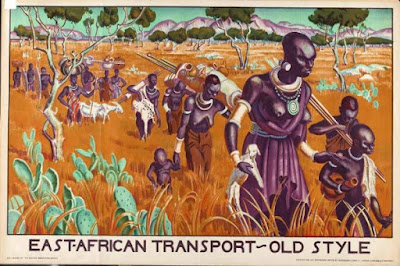Analysis of Graphic Design Theory by Meredith Davis:
During this short excerpt from Graphic Design Theory Davis highlights many interesting points about the 'convergence of medias' in the design world today. Most notably is the idea that 'new' does not replace 'old', in that 'media convergences occur regularly and constitute an evolutionary process, not a fixed point in time when one medium instantly displaces another' [1]. New media's, such as the introduction of the Apple computer, or even the more widespread use of programmes such as photoshop, were each required to go through an adjustment period before being considered an essential part of the designers arsenal.
Davis states that 'inherited forms and traditions limit and inhibit, at least at the start, a full understanding of the intrinsic or unique potential of emerging technologies' [2]. By this she means that old and traditional 'trades' such a printing and typesetting hold the basic skills needed to understand graphic design as both a discipline and a profession, therefore it is impossible to rule these out as non-essential when the computer is introduced as the same skills still apply, only this time in a digital format. However, these 'old' skills limit our initial understanding of new medias as with each new technology, more is possible than ever before in terms of design, production, output etc. It is only once 'old' and 'new' find a harmony that the technology can become fully integrated into the design world. Moreover, 'we must resist notions of media purity, recognising that each medium is touched by, and in turn touches, its neighbours and rivals' [3]. No particular media can exist by itself - all draw influences and skills from many other areas within both design and more broadly from art. Each challenges the capabilities of those it sits beside and this is the driving force behind the exponential growth of design medias we are seeing today.
However, new medias should not be considered solutions to old problems, they are simply alternatives to the way we design and create. Neither is better or worse than the other, and 'the collision and convergence of old and new produces outcomes that often define particular periods in our technological history' [4]. It is the continuing evolution of the tools of design that push the boundaries of what is possible, and what defines us as both individual designers and as a generation.
(1) Davis, M. (2012). A New Paradigm. In: Graphic Design Theory. London: Thames and Hudson. 212.
(1) Davis, M. (2012). A New Paradigm. In: Graphic Design Theory. London: Thames and Hudson. 212.
(2) Davis, M. (2012). A New Paradigm. In: Graphic Design Theory. London: Thames and Hudson. 213.
(3) Davis, M. (2012). A New Paradigm. In: Graphic Design Theory. London: Thames and Hudson. 213.
(4) Davis, M. (2012). A New Paradigm. In: Graphic Design Theory. London: Thames and Hudson. 212.
(3) Davis, M. (2012). A New Paradigm. In: Graphic Design Theory. London: Thames and Hudson. 213.
(4) Davis, M. (2012). A New Paradigm. In: Graphic Design Theory. London: Thames and Hudson. 212.


